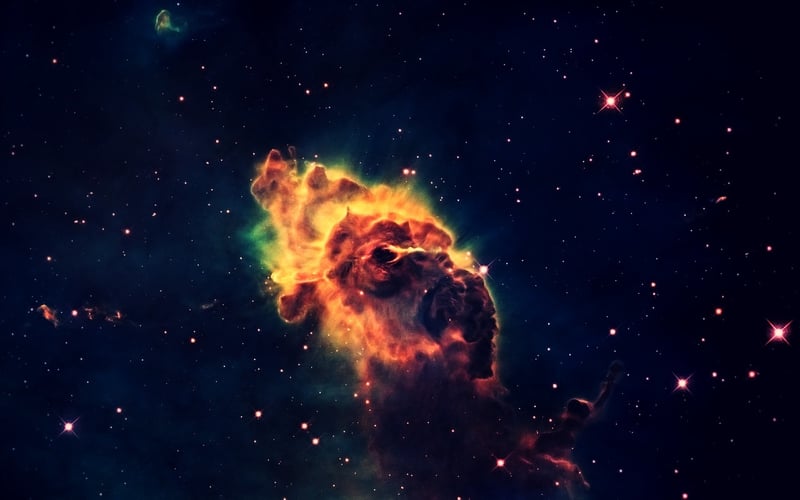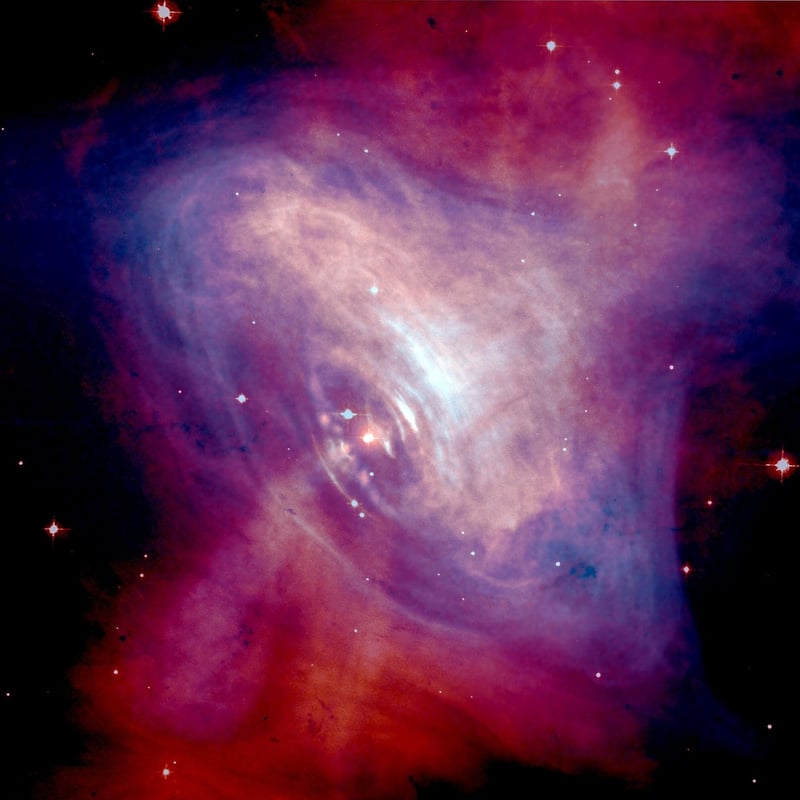Supernova Observations
Unveil Celestial Wonders: Supernova Observations
Exploring the vast expanse of the universe reveals a myriad of celestial wonders, from dazzling stars to breathtaking galaxies. Among these cosmic phenomena, supernovae stand out as extraordinary events that captivate astronomers and stargazers alike.
What is a Supernova?
A supernova is a powerful and luminous stellar explosion that occurs during the final stages of a massive star's life cycle. This cataclysmic event releases an immense amount of energy, briefly outshining entire galaxies and seeding the cosmos with heavy elements crucial for the formation of new stars and planets.
Types of Supernovae:
- Type Ia: These occur in binary star systems where one star is a white dwarf. When the white dwarf accretes matter from its companion and reaches a critical mass, it undergoes a thermonuclear explosion.
- Type II: These result from the core collapse of massive stars. When the nuclear fusion reactions can no longer support the star against gravitational collapse, the core collapses, leading to a supernova explosion.
Observing Supernovae:
Studying supernovae provides valuable insights into stellar evolution, nucleosynthesis, and the dynamics of the universe. Astronomers use telescopes, both ground-based and space-based, to observe supernovae across different wavelengths, from optical to X-rays.
Supernova Images:
Behold the spectacular beauty of supernovae captured by telescopes around the world:


Conclusion:
Witnessing a supernova in the night sky is a humbling experience that reminds us of the immense forces at play in the cosmos. These stellar explosions not only shape the universe we see today but also fuel our curiosity to explore further and uncover the mysteries of the cosmos.
Keep looking up, and who knows, you might be the next to discover a celestial wonder!
